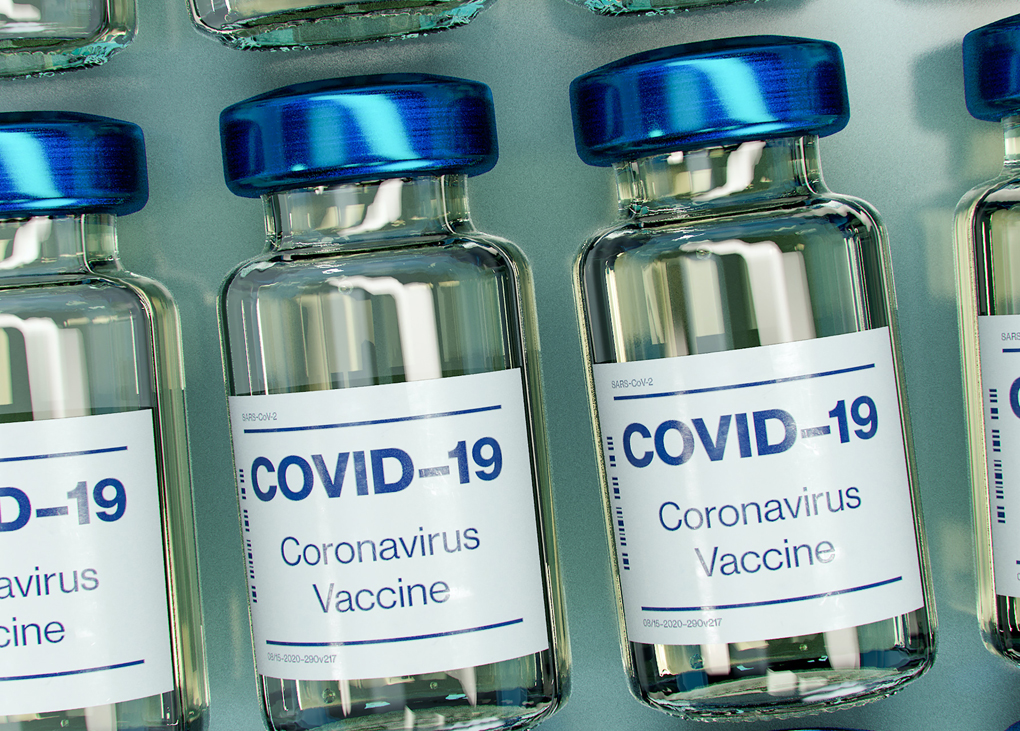The new Pfizer COVID-19 vaccine that is claimed to be 95 per cent effective will face a major hurdle in global distribution and storage.
The drug, currently pending emergency federal approval in the US, will need to be refrigerated at -70 to -80°C. These cold storage requirements pose an enormous logistical challenge given that most hospitals are only equipped to refrigerate at around -2 to -8°C.
Based on a novel technology that uses synthetic mRNA to activate the immune system against the virus, the vaccine needs to be kept at -70°C or below.
“The cold chain is going to be one of the most challenging aspects of delivery of this vaccination,” says Amesh Adalja, Senior Scholar at Johns Hopkins Center for Health Security.
“This will be a challenge in all settings because hospitals even in big cities do not have storage facilities for a vaccine at that ultra-low temperature.”
Pfizer will be working closely with the US government and state officials on how to ship the vaccine around the globe from its distribution centers in the US, Germany and Belgium.
The refrigeration dilemma
The distribution plan, according to Pfizer spokeswoman Kim Bencker, involves the use of dry ice to transport the frozen vaccine vials by both air and land. The vials will need to be maintained at their recommended temperatures for up to 10 days.
Pfizer has developed specially built deep-freeze “suitcases” that can be sealed and shipped in non-refrigerated trucks. Packed with specially formulated dry ice, these suitcases can contain between 1,000 and 5,000 vaccine doses each. They can only be opened twice a day for less than three minutes at a time while maintaining temperature standards.
Once delivered, state and local healthcare providers are responsible for storing and administering the vaccines. The Pfizer containers can be kept for five days at 2-8°C – the type of refrigeration commonly available in hospitals. The vaccines can last up to six months if the containers are kept in an ultra-low temperature freezer.
Hospitals in some US states are scrambling to stock up on these ultra-cold freezers, while others, like New Hampshire, are lobbying the government for additional funds to purchase the equipment.
Without these freezers, doctors face a dilemma of either storing the vaccines in standard refrigerators and deploying all the doses in each Pfizer vaccine container in less than five days, or restocking them with dry ice and opening them only twice a day to extend the vaccines’ lifespan.
“I think it will be difficult,” says Northwell Chief Pharmacy Officer Onisis Stefas, “but based on the task and how important it is, people will do the best to their ability to make that happen.”
Australia’s Esky solution
The Australian government has secured a global distribution deal with Pfizer. Health Minister Greg Hunt emphasised that Australia would need a “variety of vaccines” to enable the best possible coverage for the country.
Part of the Pfizer deal includes the deployment of specialised Eskies to move the COVID-19 vaccine around.
“They’re very sophisticated Eskies, which require dry ice, which can last for 14 days and be refilled twice,” says Head of the Therapeutic Goods Administration, Adjunct Professor John Skerritt.
“Without the need to connect to electricity, these Eskies, with two refills, give you a month-and-a-half of cold chain protection.”
The TGA has given Pfizer and BioNTech and the University of Oxford/AstraZeneca vaccines provisional determination, which means they have been pre-approved on the proviso they pass the final checks.
According to Hunt, the government has secured agreements for four different vaccines, with a total of 134.8 million doses acquired. The Health Minister has assured the public that the international and national cold chain distribution was well ahead of schedule.
“We are on track, to deliver vaccines to Australians commencing in March of 2021,” he says.
Acknowledging the “significant logistical challenge” at hand, Hunt said that significant work was under way to ensure effective distribution.
“The Australian government continues to undertake thorough planning to ensure the doses Australia receives are kept as safe and secure as possible,” he says.
“The Australian government continues to prepare for the temperature requirement scenarios for all candidates, including: 2-8°C, -20°C and -70°C.”



Leave a Reply